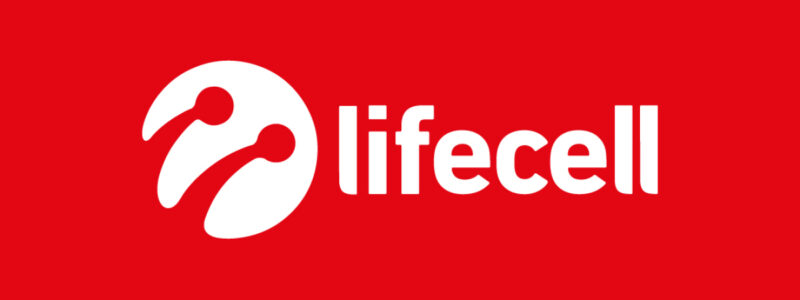
Lifecell LLC (TM lifecell), the third largest mobile operator in Ukraine, plans to increase its capacity by 30-40% during the first quarter of 2025 by purchasing an additional 5 MHz of frequencies in the 2100 MHz band for UAH 463 million at an auction on Tuesday, the company’s CEO Mykhailo Shelemba said.
“The entire set of measures we plan to implement should at least double the capacity for subscribers next year,” he told Interfax-Ukraine, adding that this will be achieved by installing additional equipment that expands the capacity to use these frequencies in specific sectors, as well as by switching to newer technologies on these frequencies.
Shelemba clarified that the investment in the use of these additional 5 MHz will be small, as it will use existing equipment. According to him, this gives the company the opportunity to use existing resources for resilience – the company has purchased 32 thousand lithium-polymer batteries, which will arrive in December – and more concentrated use of these frequencies through equipment upgrades and synchronization of frequencies with each other: so that frequencies in the 2100, 1800, 900 and 2600 MHz bands work in one ensemble.
Shelemba noted that he was pleased with the results of the auction, although lifecell purchased only one lot, while its two major competitors bought two lots each.
“Our No. 1 priority is to provide the maximum capacity improvement for our subscribers as quickly as possible. And this is provided by lot 2, because it is already very close to our frequencies that we use, and we can simply expand the spectrum by 30% with the same equipment,” he explained.
“The second factor is that even though we already have 10 million subscribers, we have one of the best situations when we count the number of frequencies per subscriber. That is why we see a huge potential for using these frequencies,” added the head of lifecell.
According to him, two of the five lots in the 2300 and 2600 MHz bands acquired by Kyivstar and VF Ukraine (Vodafone Ukraine) require a new network to be built to utilize them.
Mr. Shelemba attributes the fact that all five lots at the auction were sold at prices close to the initial ones to a good, correct strategy of the regulator, which ensured a guaranteed high price and the right restrictions to prevent concentration.
“Each operator calculates the cost of a frequency for itself. But we also calculate, based on our best assumptions and models, how much these frequencies cost for competitors. And when we looked at the starting lots, we saw that the regulator had set the starting price quite high and close enough to the price we were willing to pay,” the operator’s director said.
“It is also important to understand that unlike the first tenders, when there were just new frequencies for 3G or new frequencies for 4G, these frequencies are already additional to the existing ones,” Shelemba added. According to him, lifecell and Vodafone Ukraine sought to acquire primarily the frequencies adjacent to their existing spectrum in the 2100 MHz band, as they were the most efficient, while other frequencies were of lesser value to them.
“Here, the regulator and the state are already choosing everything that can be chosen from these additional frequencies. Therefore, there was a fairly logical distribution of who took which lot, precisely because there are already frequencies in use,” summarized the lifecell CEO.
He added that the 5G factor should also be taken into account.
“Currently, the number of 5G terminals in use is about 20%. In 2-3 years, if we take this as a baseline scenario, the number of terminals will be 35-40%, maybe even higher – up to 50%. And what will happen? When you build a 5G network, terminals use 5G traffic and, accordingly, do not use 4G frequencies. Thus, these 4G frequencies are unloaded,” Shelemba explained.
As reported, on Tuesday, the regulator NKEC held an auction, as a result of which Kyivstar, Vodafone-Ukraine and lifecell received new frequencies in the 2100, 2300 and 2600 MHz bands for 15 years, offering a total of UAH 2 billion 894.734 million for them at an initial total price of UAH 2 billion 871.531 million.
In accordance with the terms of the technology-neutral nationwide licenses established by the NCC, each of the winners undertook to ensure the use of the received frequency band at at least 1,500 base stations within 24 months from the date of the license’s commencement, and at least 500 base stations within the first 12 months.